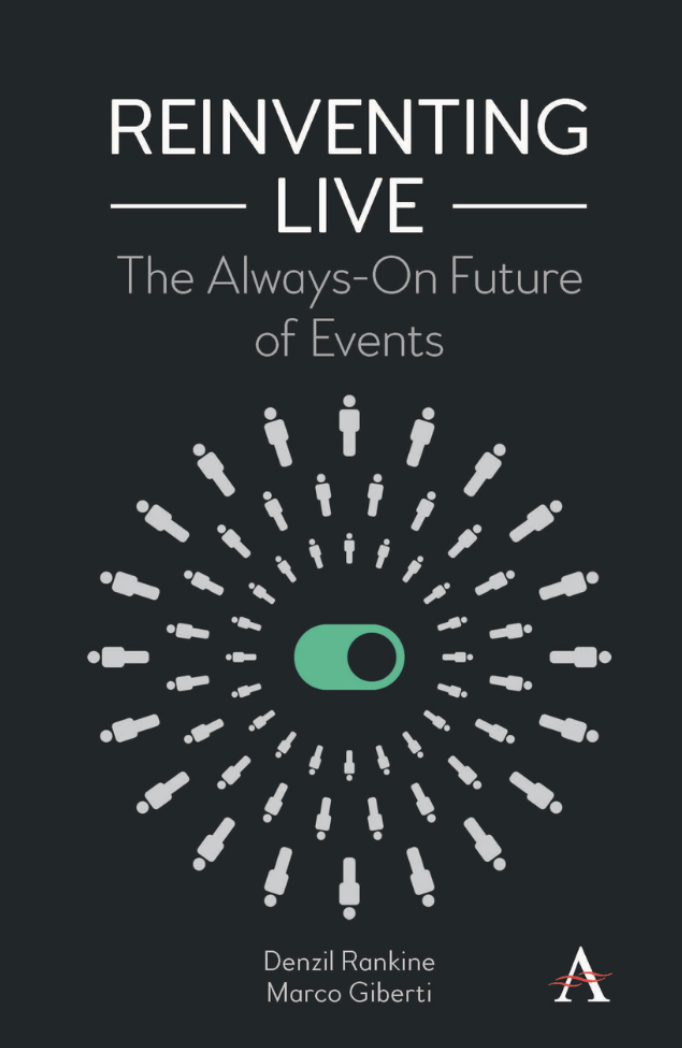EW editor Paul Colston reviews a timely new book about the future of the events industry.
Authors Denzil Rankine and Marco Giberti produced this book at the start of the pandemic, in quick time, as a guide to action as the coronavirus pandemic was beginning its sweep across the world. It is still a prodigious and thorough achievement as well as a timely one.
Containing expert analyses of the live events industry, with numerous examples, case studies and research material, the book draws on many industry sources and begins to imagine a new world where events build communities and nurture relationships all year round, powered by cutting-edge technology.
 The book is both a recent history and a practical guide to action for anyone participating in or looking to enter the live events industry.
The book is both a recent history and a practical guide to action for anyone participating in or looking to enter the live events industry.
Both authors are event professionals, evangelists of change and innovation and tackle the main issues, which are seen as rooted in pre-Covid issues but inextricably now connected with the disruption that is occurring across the industry - seemingly at warp speed as the pandemic simply accelerates many of the processes identified.
The authors draw on a lifetime immersed in the events industry as well as on dozens of interviews and conversations with senior executives, entrepreneurs, investors and global players.
Reinventing Live will equip event professionals with new strategies, tools and insights to apply back into their day-to-day roles – roles that are likely to be unrecognisable from what went before.
The reader is encouraged to view event organisers no longer as pure ‘organisers’; “rather their role is to facilitate business, connections, education and advocacy”, the authors believe.
And even if we did suspect that events are fast becoming platforms for building communities and nurturing customer relationships ‘all year round’, with the use of event technology at its core, the text of Reinventing Live reveals just how to do it.
And there is a warning from the authors for those that don’t heed the flashing signals and don’t read the runes: “For many, success up to now has rested on strong organising skills and good marketing, with their blockbuster events protected by barriers to competition. They will have to become genuinely customer-first with new talent and a new culture.”
This short course also looks at the events industry ecosystem, with tables and graphs on revenue splits; charts on the influences of private equity investments in events and examines generational differences in perception and expectations.
There are useful event format definitions and chapters offering a deeper dive into virtual and hybrid value propositions.
The book leads us at breakneck pace through the planning curve for a new way of operating as the industry progresses towards Exhibitions 2.0.
Armed with these principles of a new operating model, the reader can boldly go back into the events world and follow this strategic roadmap to implement change and be part of the New Model event army.
I’ll close with a succinct paragraph from the authors on the need for change and which argues the case for making a virtue out of the Covid necessity: “If your computer is crashed by a virus and needs a software update, when you restart it again, surely it’s best to have an upgrade that deals with all the former niggles and reflects your future needs. We think that the events industry should get that upgrade.”





